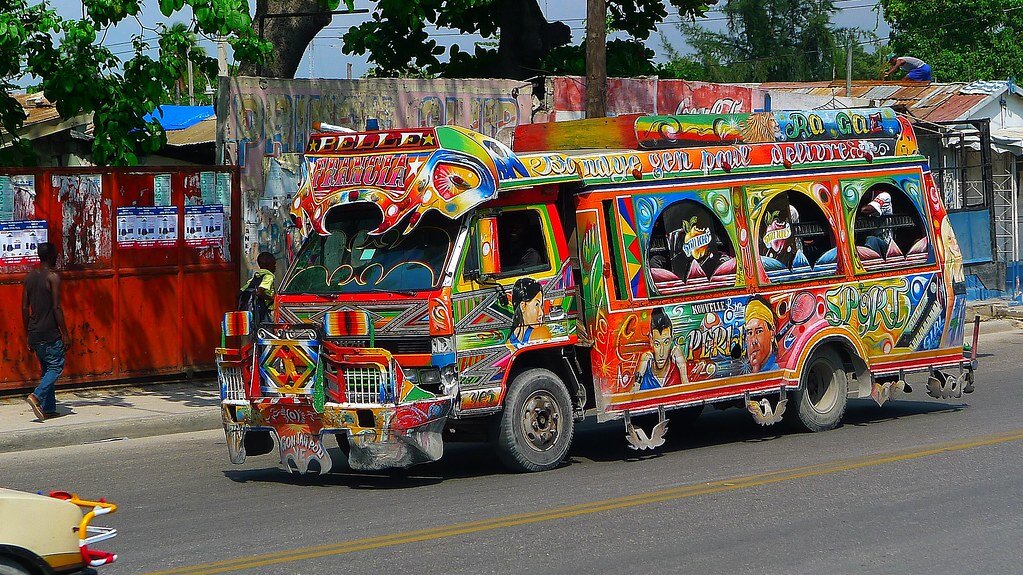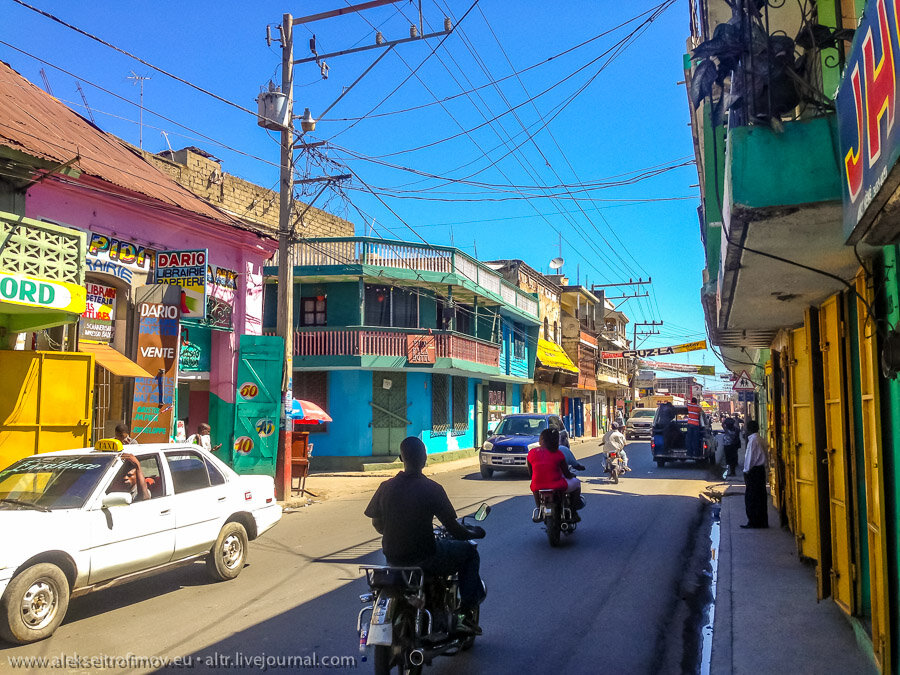Mom & Dad, I’m Moving to Haiti
Port-au-Prince, Haiti
Greg began our personal storytelling foray with a travel-theme, so I’ll continue in that vein. After college I took a job at the European Health Spa on 59th Street at Park Avenue, in mid-town Manhattan. I started out as the receptionist and then went into training as a membership sales associate.
While working at the Spa, I met Eddy, the man who would eventually become my first husband. A few years into our relationship his father passed away, leaving a home in Port-au-Prince, Haiti. Eddy suggested that we go down and spend some vacation time in his country of origin. While there, conversations began about the possibility of moving to this land of fierce independence (after defeating Napoleon, it became the world’s first black republic), Kompa rhythms, Voudu, griot (fried pork shoulder), Creole, and the notorious Duvaliers.
My parents thought I was out of my mind—you’re seriously moving to Haiti?? I was up for the challenge. I packed up my Flushing, Queens apartment and moved into a quaint house on Ruelle Cameau in Port-au-Prince. I was born on the island of Barbados, but the Caribbean connection did little to ease my entré into life in Haiti.
I had a lot of learning and adjusting to do. Haiti was beautiful in many ways—azure beaches, wooded landscapes, waterfalls, and culturally rich, but the poverty level for so many in Port-au-Prince and throughout the island was crippling. As the poorest nation in the Western Hemisphere, the chasm between the haves and the have-nots was massive. Witnessing this day in and day out left an indelible ache in my soul.
Creole and French are the official languages, but if I wanted to communicate with everyday folks, my high school French was not going to suffice. I learned Creole. Customary grocery stores were not to be found—the young woman who lived on the property went to the marché (open air market) and bought the household groceries; electricity came and went—an expected daily occurrence.
I learned to find my way around in the vibrantly-colored, always crowded tap-taps (mini bus) and how to shoot a rifle in the open fields leading north to Cap Haitien. I taught English at the Haitian-American Institute and lost myself in the energetic rhythms of African dance classes (Haiti is where dance icon Katherine Dunham retired). There were beautiful moments as well as profoundly sad moments.
In 1986, the continuing economic crisis brought civil unrest; armed rebels roamed the streets and a 6pm curfew was enforced. Under pressure, President Jean-Claude Duvalier (Baby Doc) fled to Europe.
It was time to leave.
I went to Haiti in my mid-twenties as an experience-seeking, adventurous young woman. Making my way down the corridor to board the airplane back to the U.S., I held tightly onto the hand of my two-year-old son, Nat, as his six-month-old brother, Emanuel, slept strapped to my chest. I left Haiti the mother of two beautiful boys and with a completely different perspective on life.
Haiti always felt like a land and a people in a state of constant struggle and strife. Proud and passionate, Haitian people still managed to exude a joie de vivre fueled by a resiliency deeply embedded in every fiber of their being—not unlike the blues idiom embraced by African-Americans.
Living in the land of freedom-fighters Jacques Dessalines and Toussaint L’Ouverture, I learned a lot about my own level of resilience and perseverance. I developed muscles of adaptability and determination strengthened through the twists and turns of uncertainty and change. My three-and-a-half-year journey transported me into the spirit of motherhood and awakened a deeper consciousness of the world around me.



